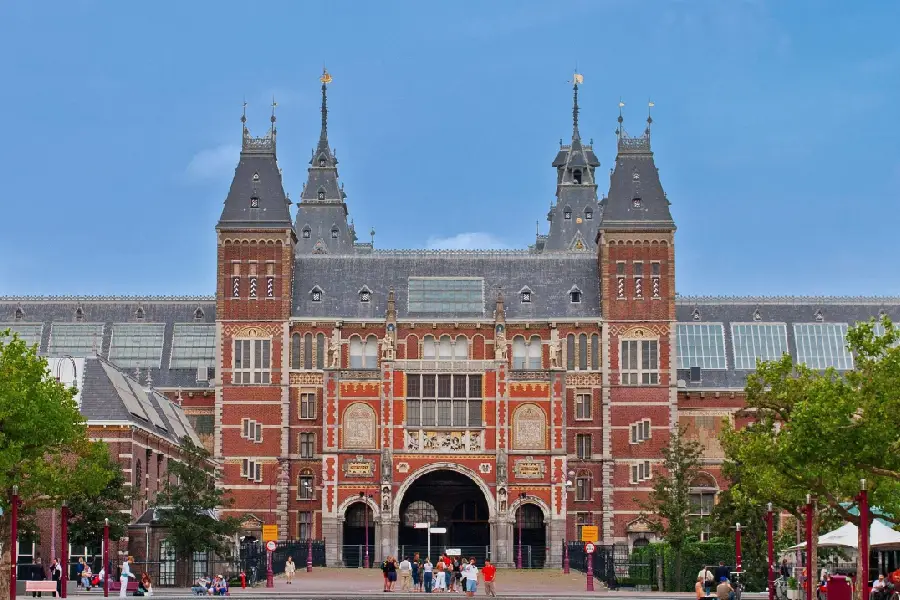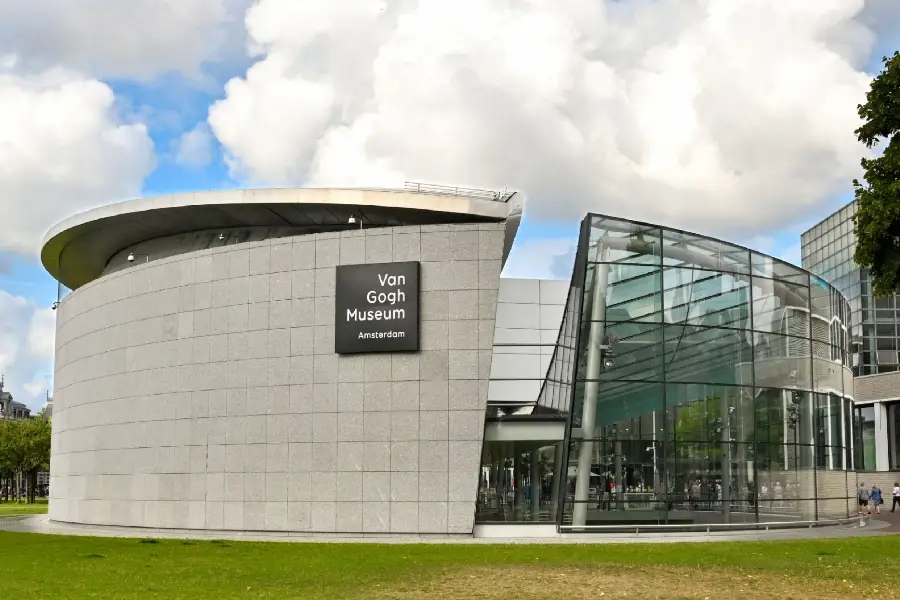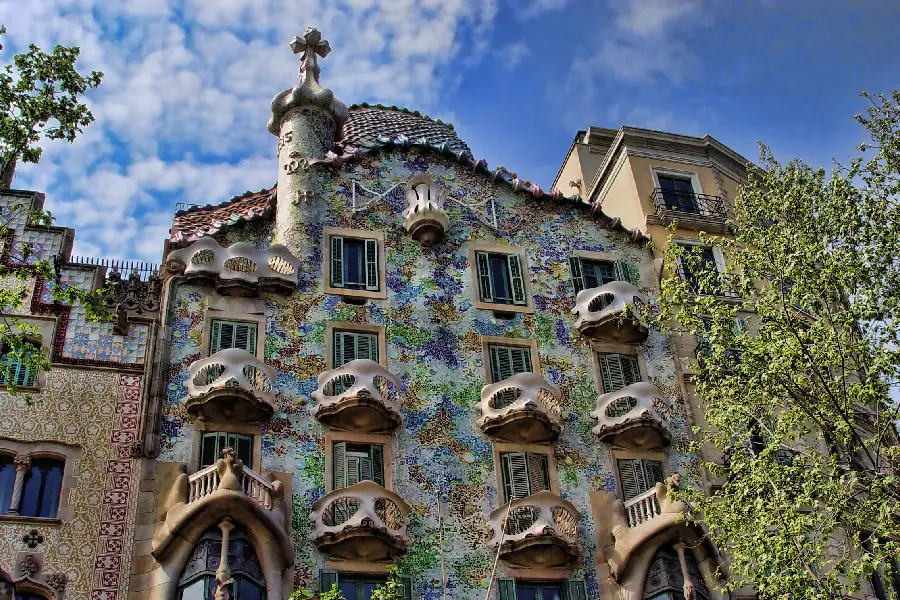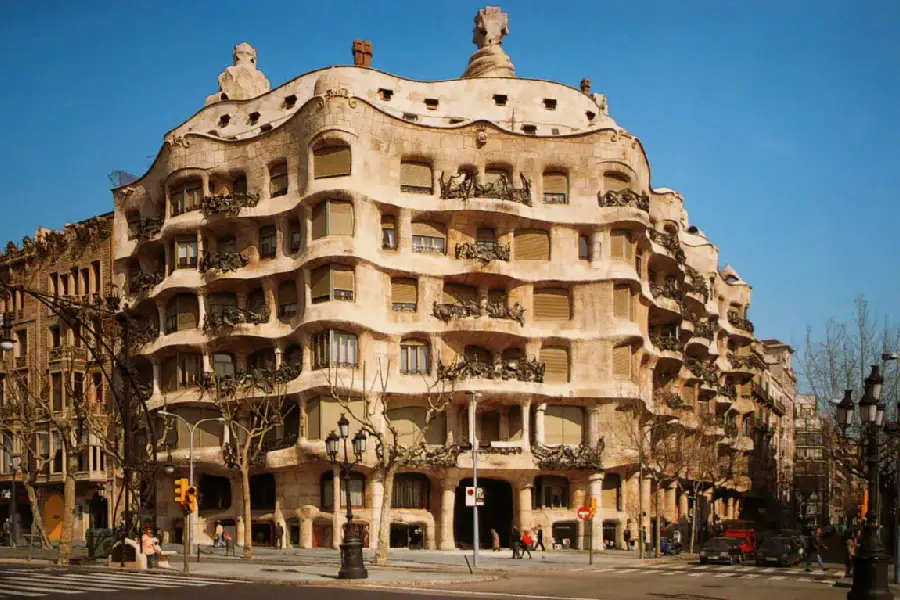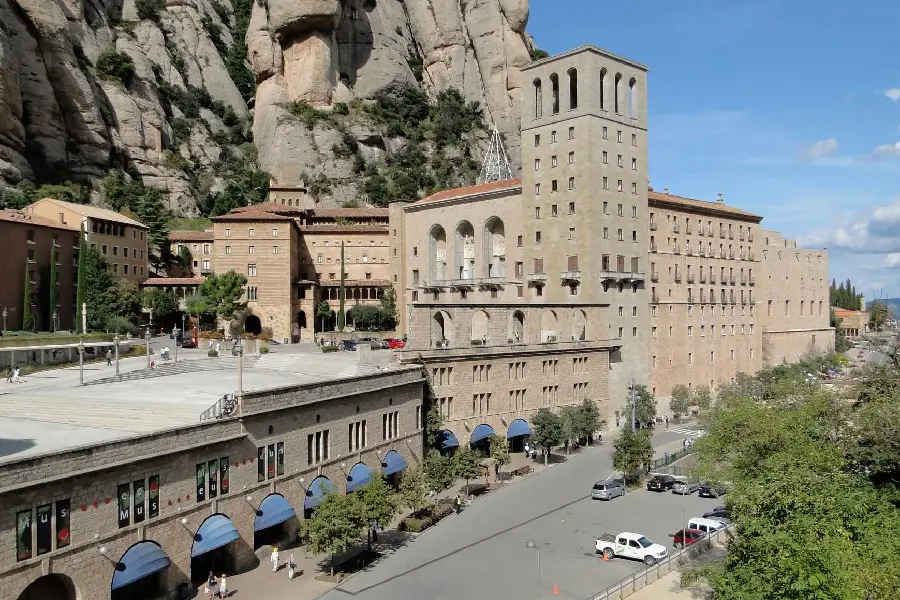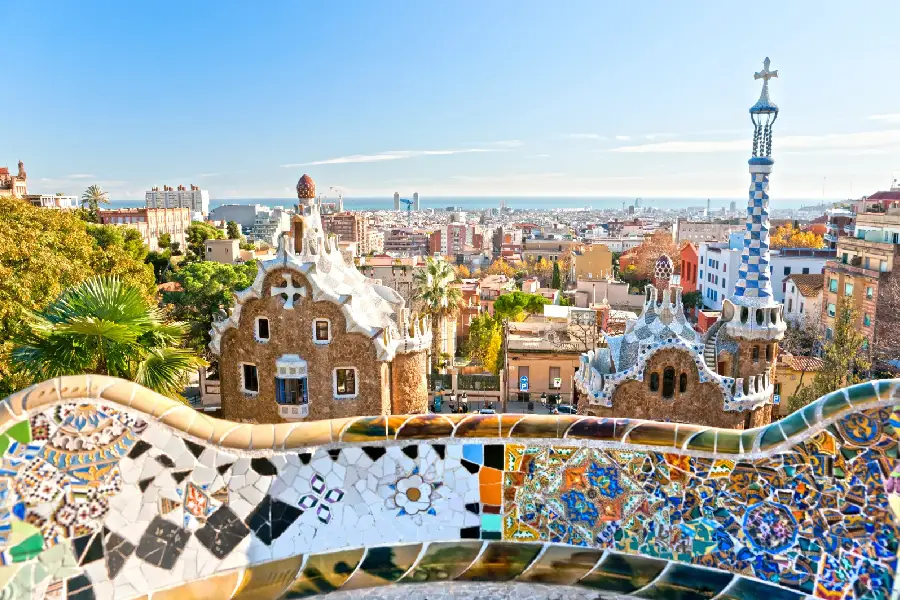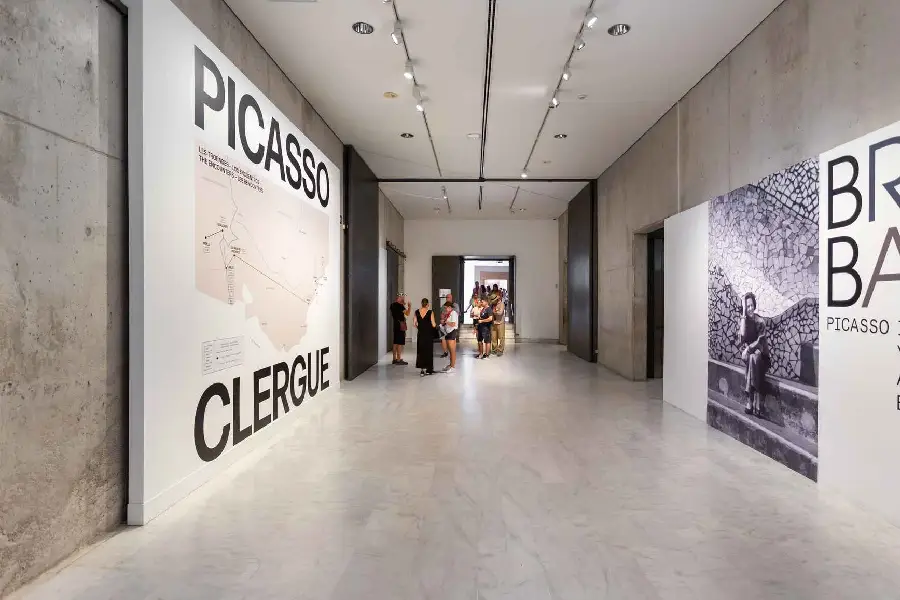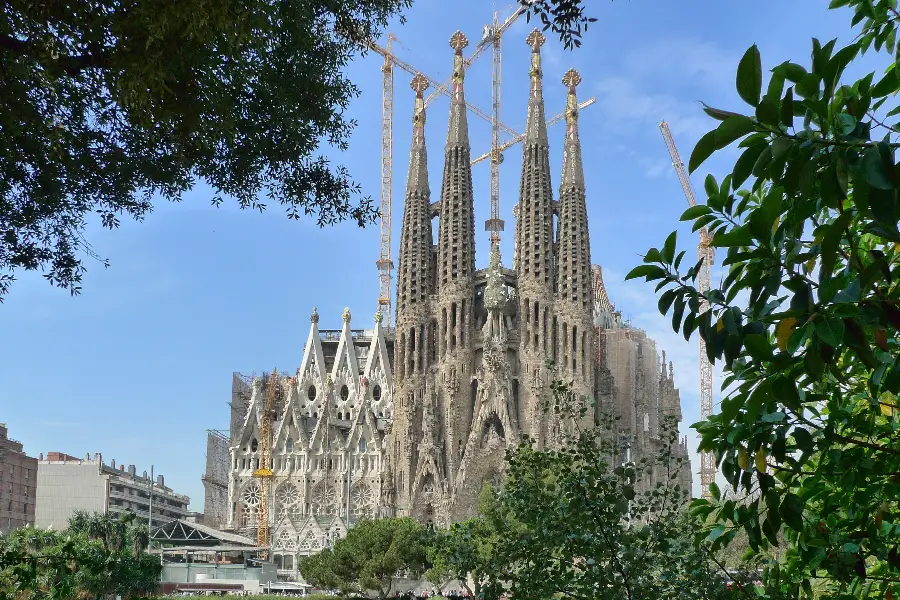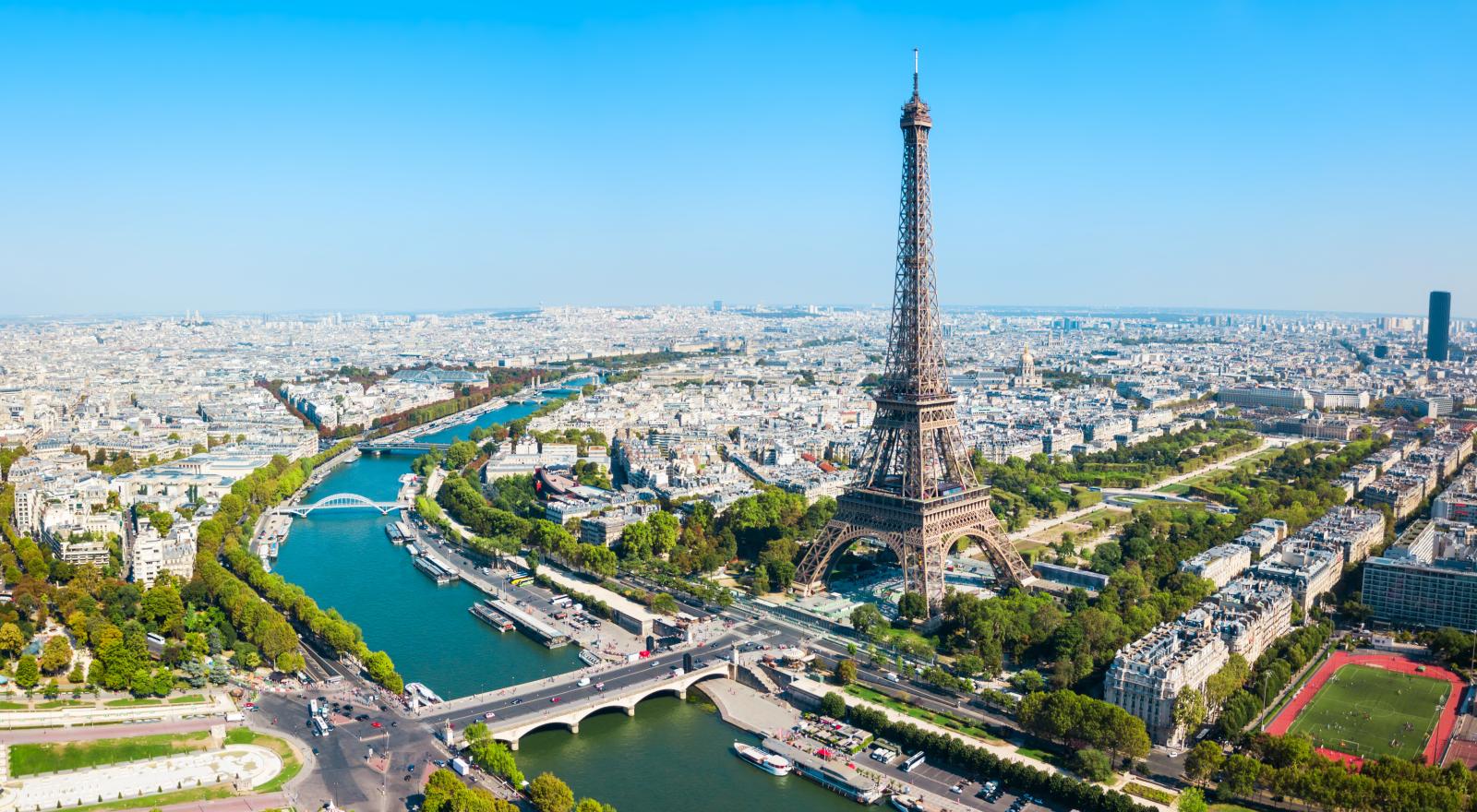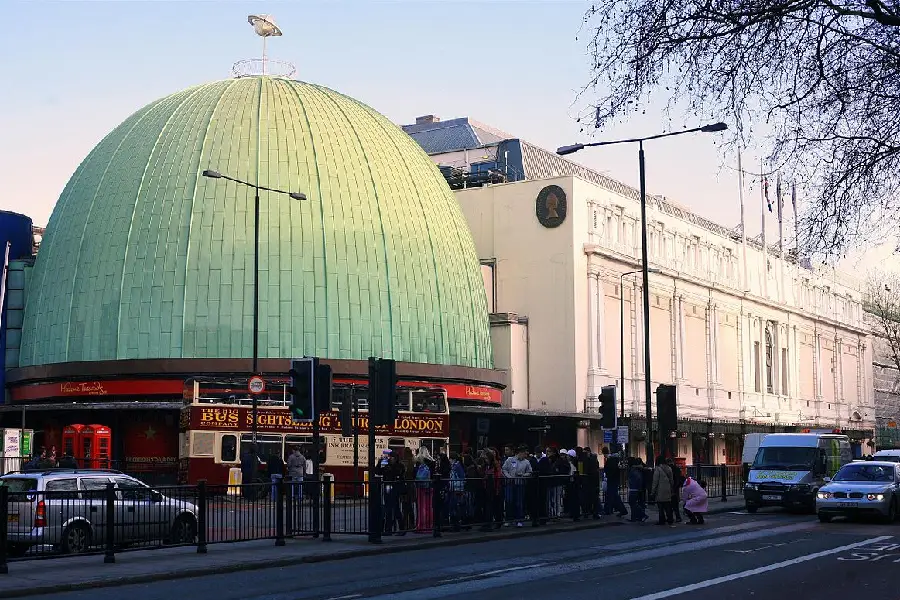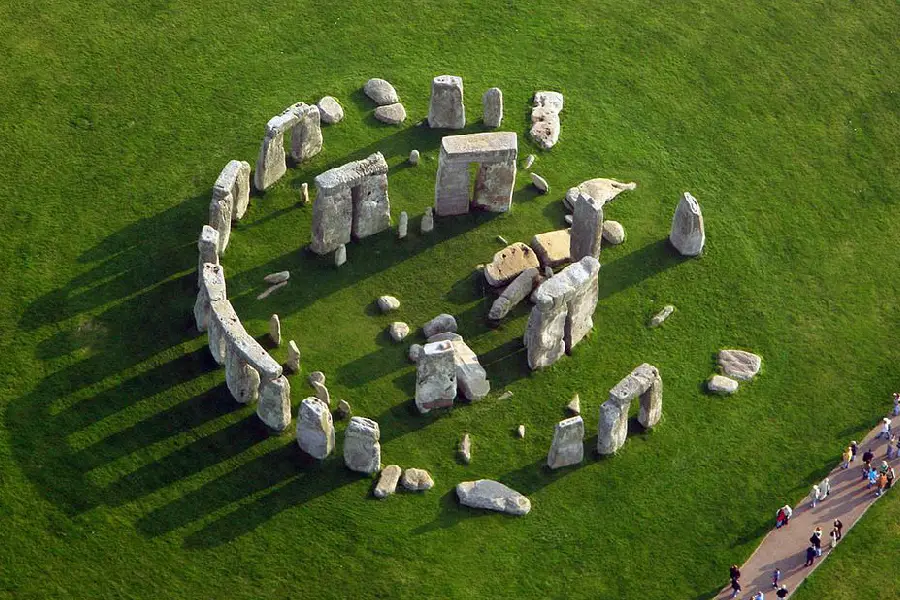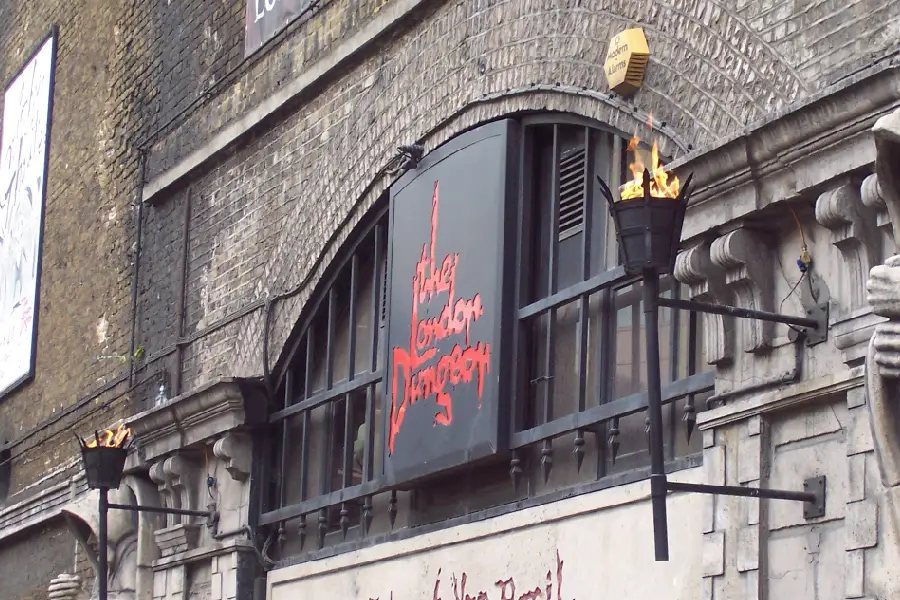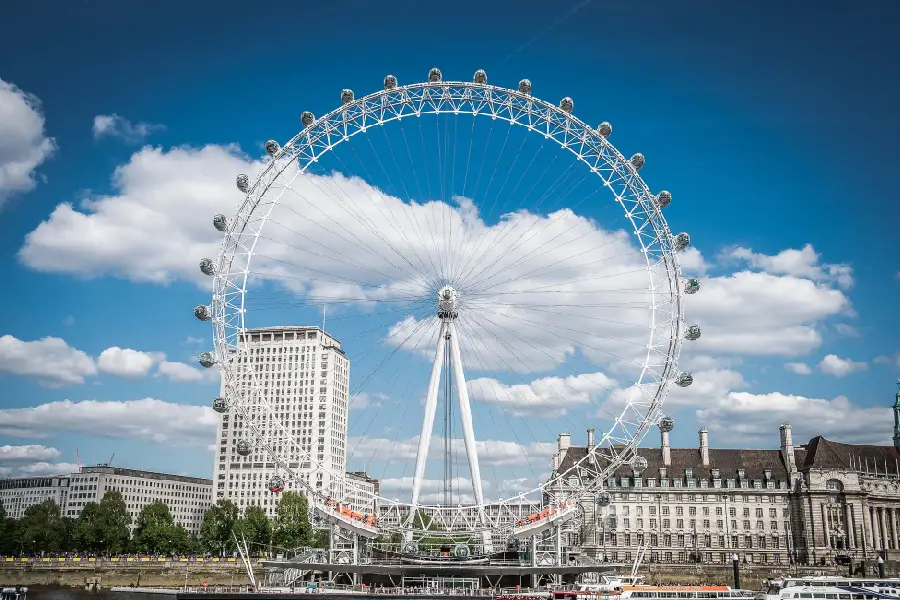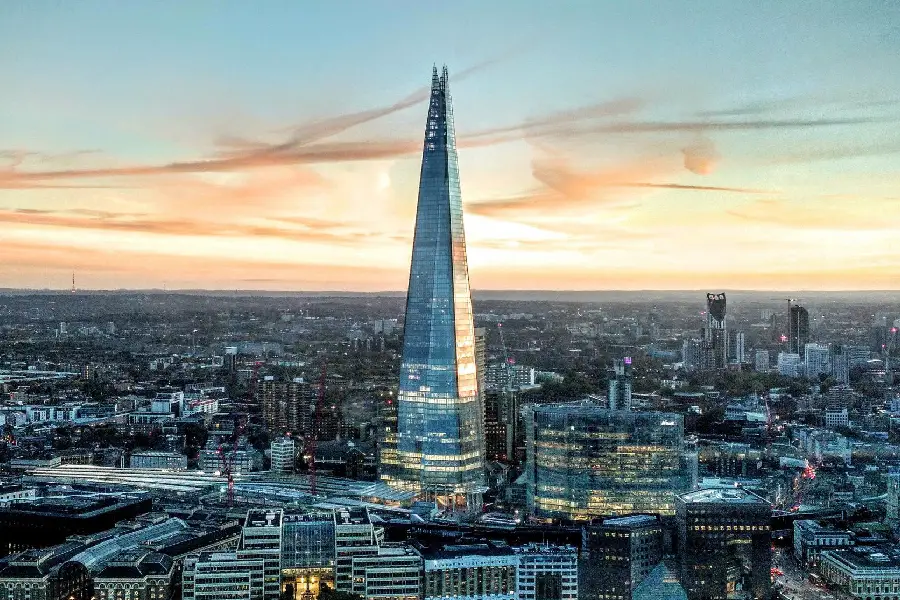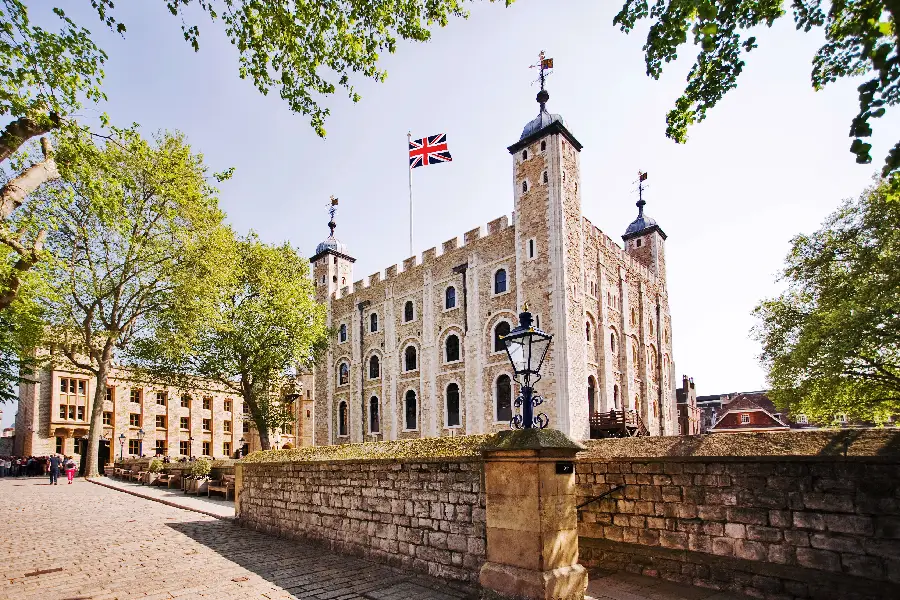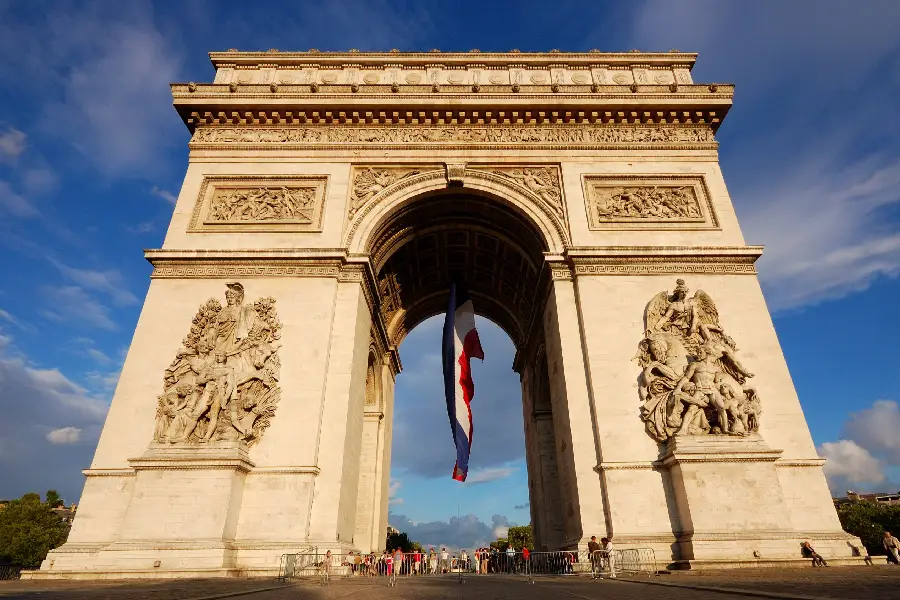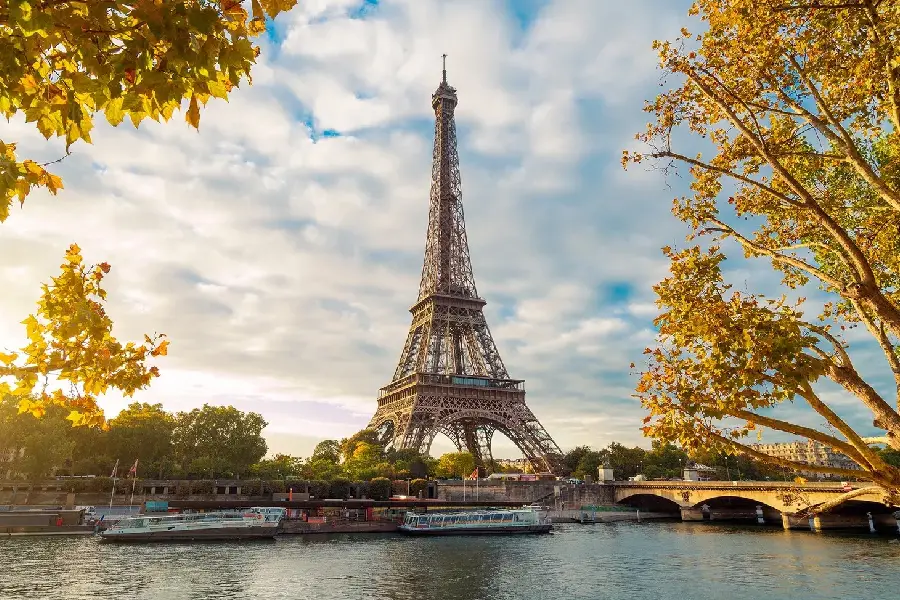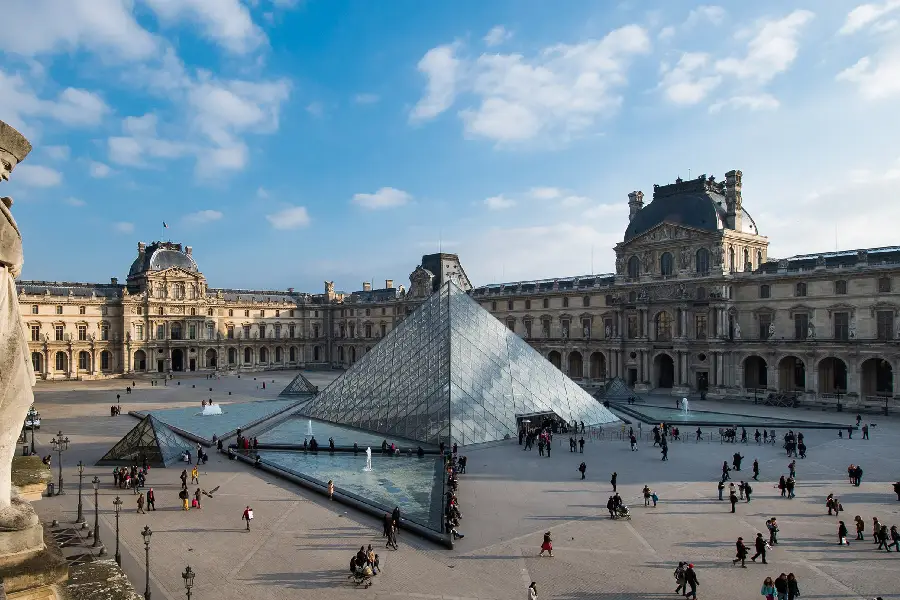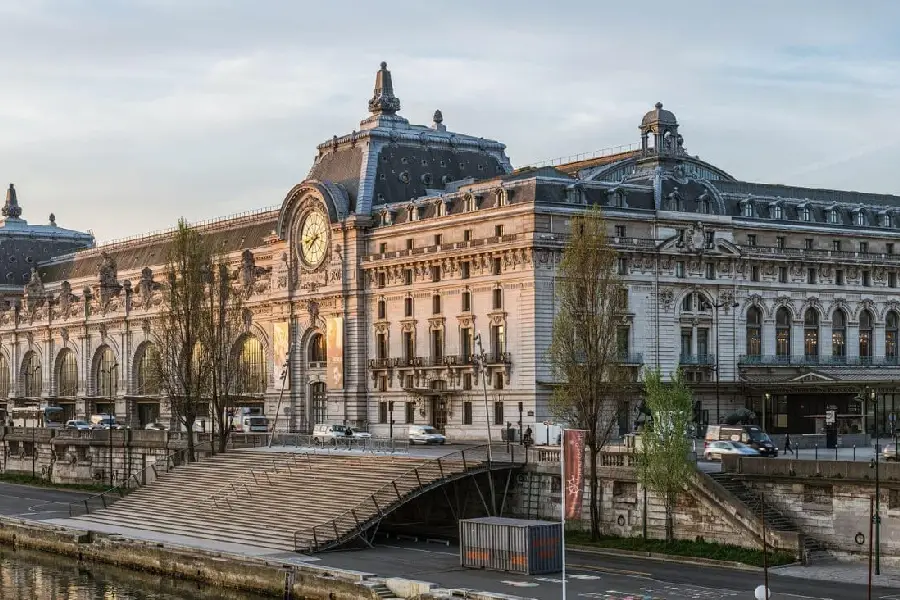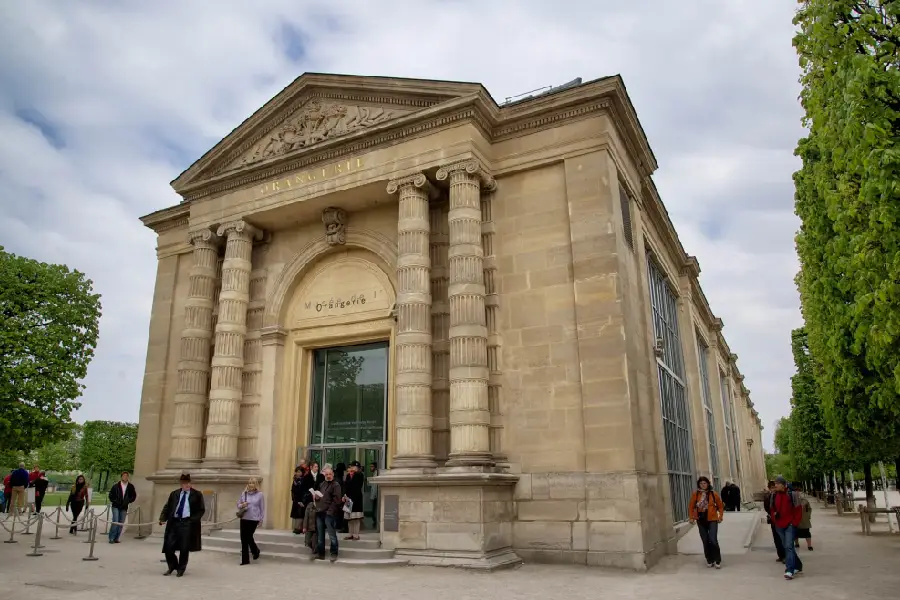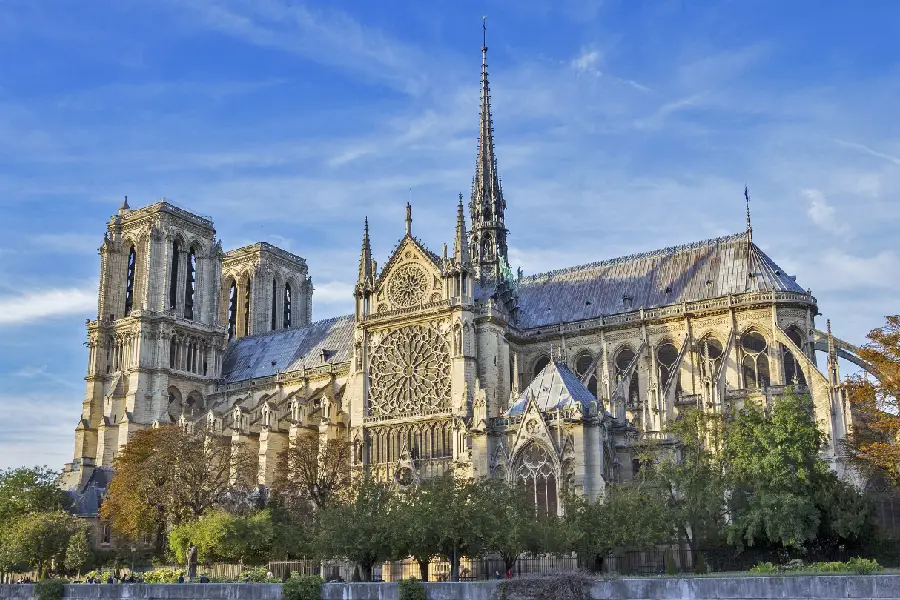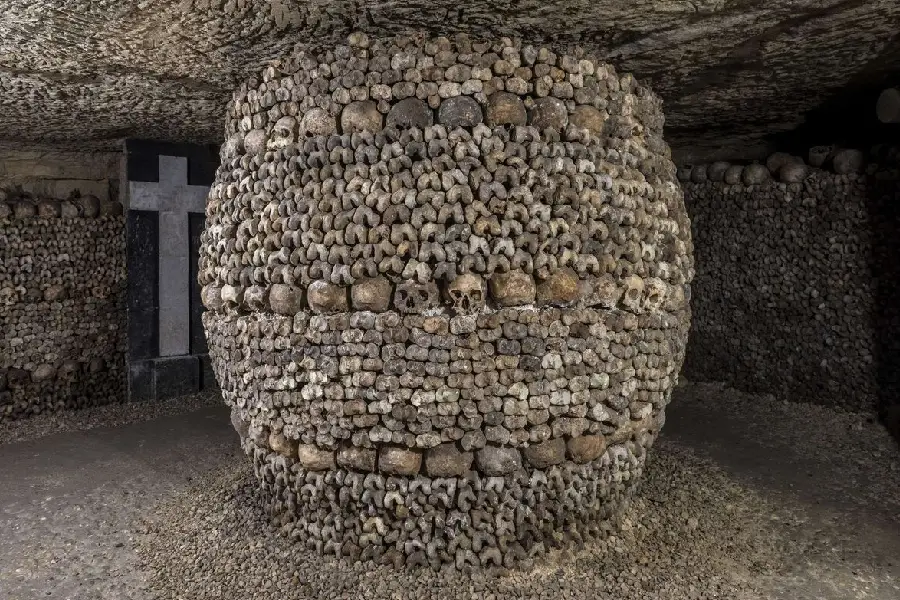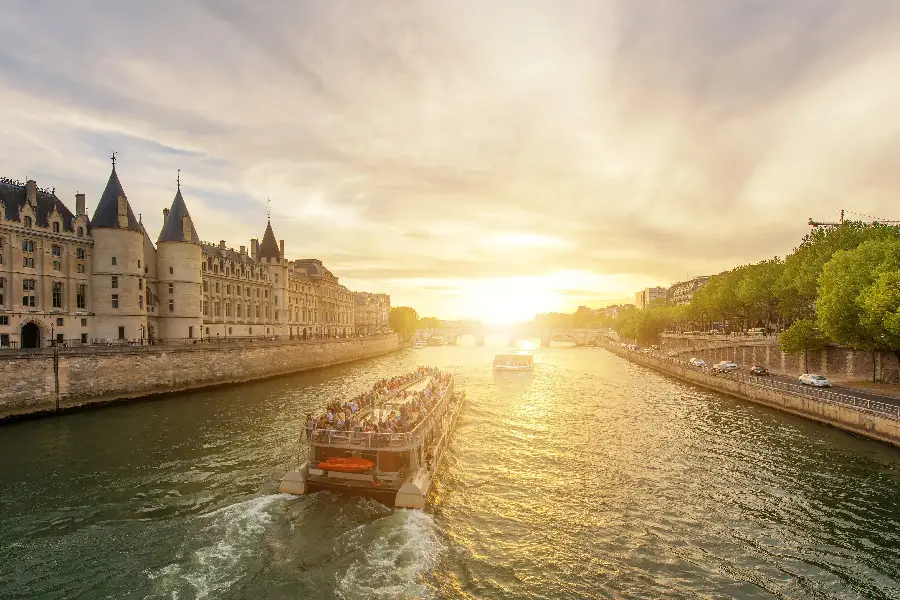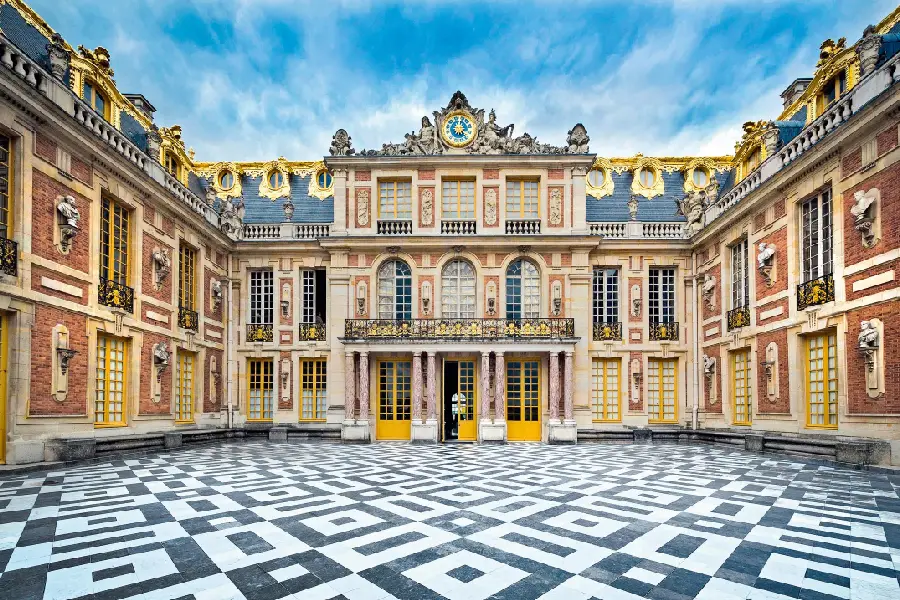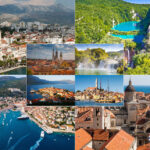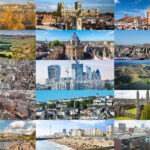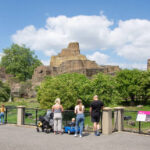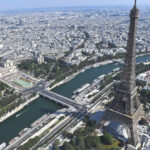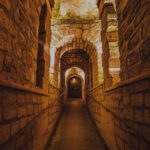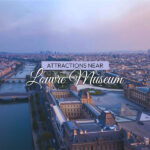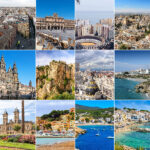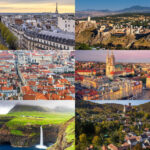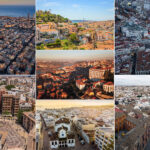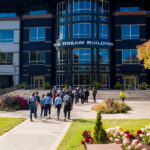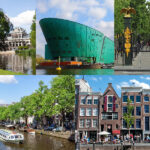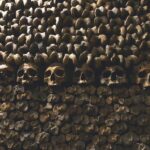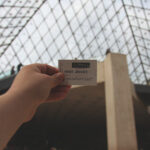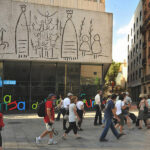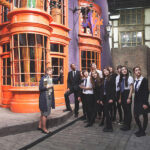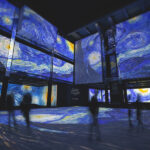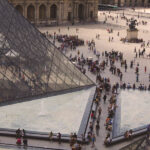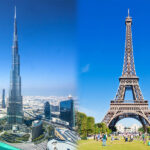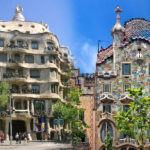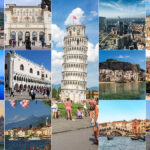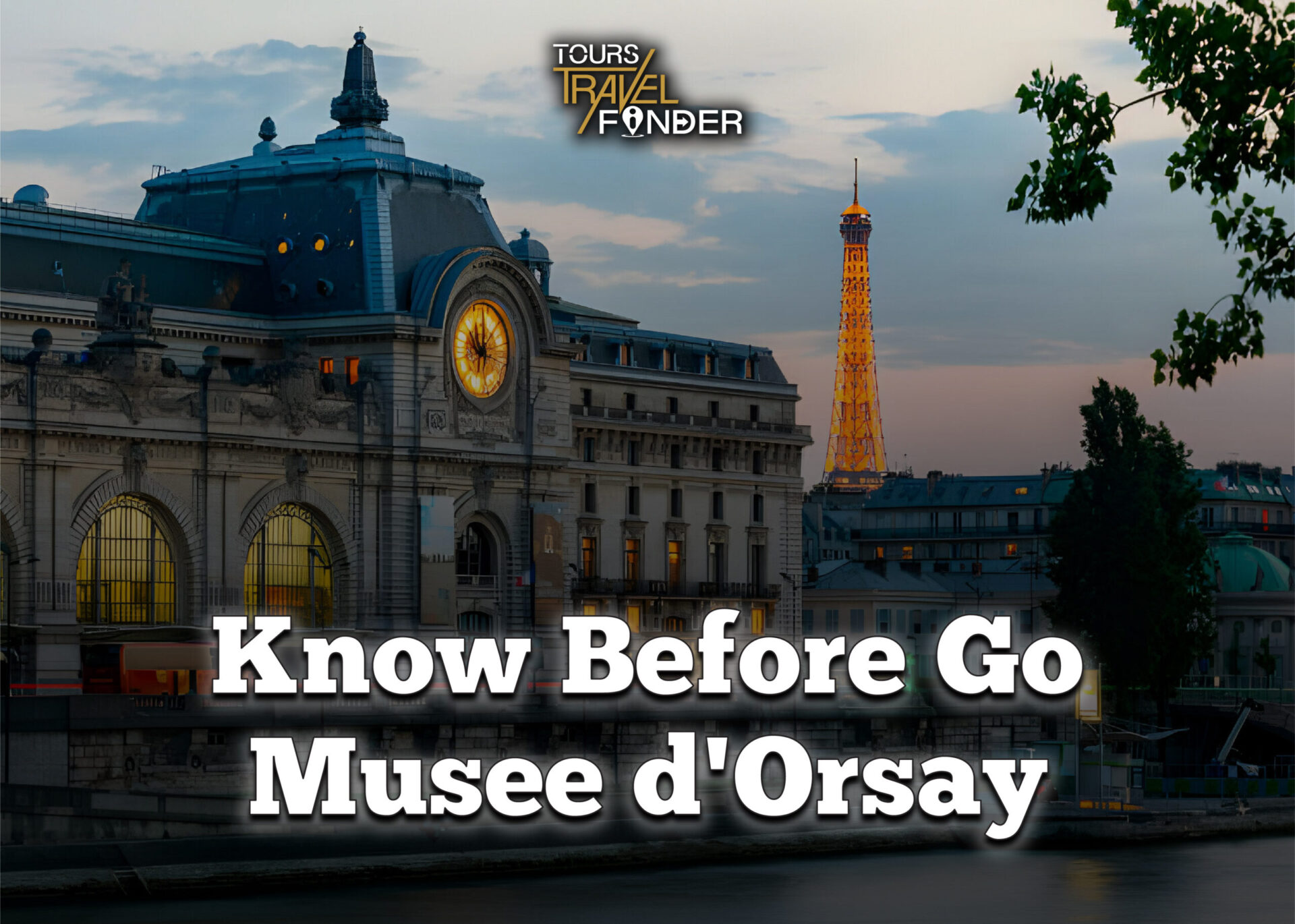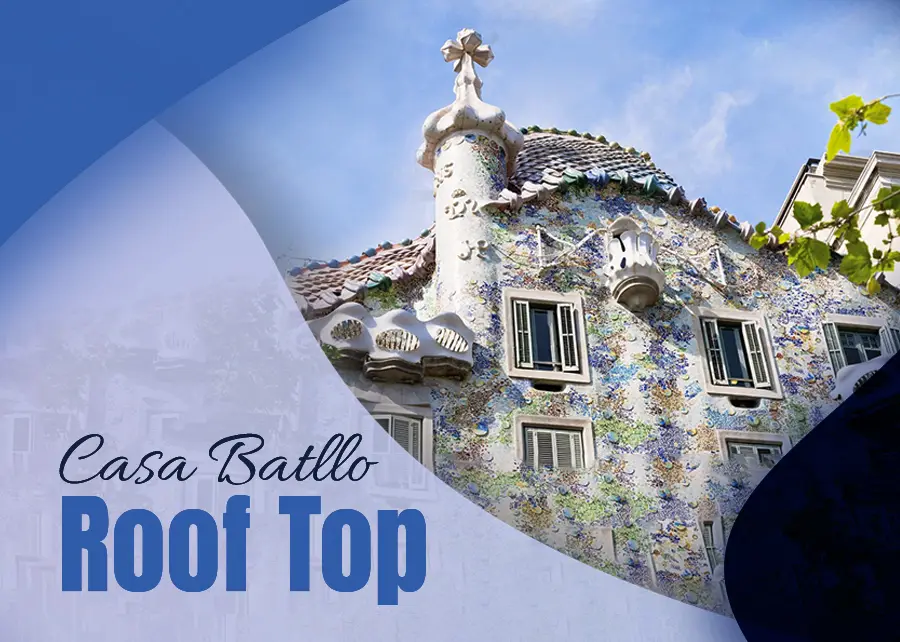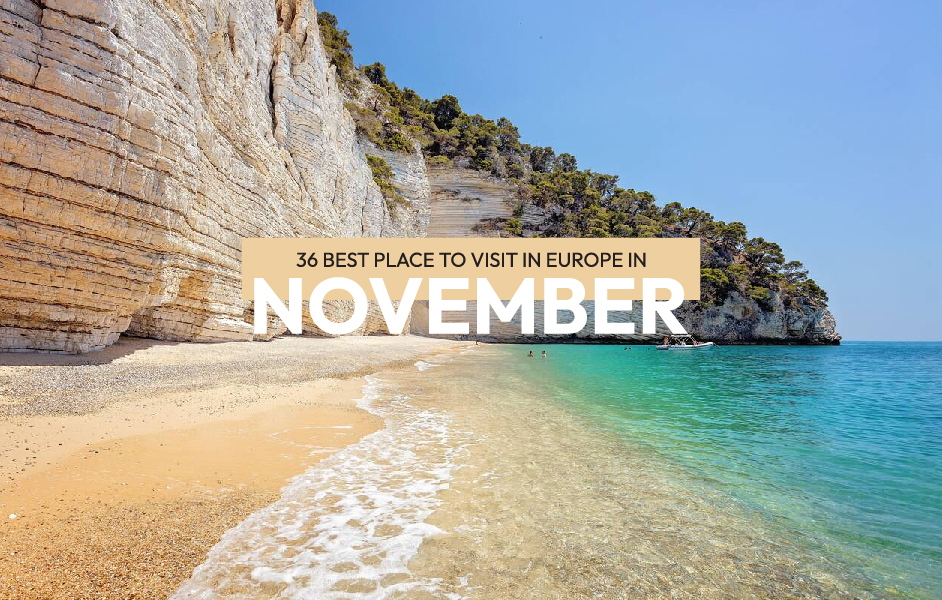The Alhambra Complex
The Alhambra Hall was originally planned as a military zone. It became the royal residence and court of Granada after the establishment of the Nasrid Kingdom in the mid-13th century after the founding king Mohammed ibn Yusuf ben Nasr built the first palace. It is known as the Alhambra.During the reign of the founding king, the Alhambra had three main divisions:
During the reign of the founding king, the Alhambra had three main divisions:
- the Alcazaba
- Palace area
- Medina
Alcazaba: The Alcazaba was a military base. The guards and their families were housed here.
Palace area:The palace area was assigned where the Sultan and his relatives were. Several palaces are located here.
Medina: This is the district where court officials lived and worked.
The Nasrid palaces (Palacios Nazaries) consisted of three independent areas.
These areas included:
Mexuar: Mexuar is the semi-public part of the palace or Selamlik. He served for the administration of justice and state affairs.
Comares Palace: Comares Palace or (Palacio de Comares) was the official residence of the king. Its facade is built on a raised three-tiered platform that serves as a kind of outdoor stage for the ruler. It consisted of several rooms that surrounded the court of the Myrtles. It is an outdoor area with a large central pool lined with myrtle bushes.
The centerpiece of Comares Palace was the Court of the Myrtles. Court of the Myrtles is now known by this name. It is an outdoor area with a large central pond lined with myrtle bushes. The Salón de Comares (Hall of Ambassadors) is located in the Comares Tower, the largest tower in Alhambra. Throne Hall built by Yusuf I (1333-1354). This room displays the most varied decorative and architectural art of the Alhambra.
Palace of the Lions: The Palacio de los Leones (Palace of the Lions) is located next to the Comares Palace. But it should be considered a separate building. The two structures were linked after the Granadan Christians took over. The Palace of the Lions (Palacio de los Leones) was a private part of the palace. Originally a harem was located here. It is used as a private part of the palace for the Sultan and his family and concubines.
There are two more halls in the Lion Palace at the north and south ends. These are Sala de las dos Hermanas (Hall of the Two Sisters) and Sál Abencerrajes (Hall of Ambassadors). Both were residential apartments with rooms on the second floor. Each of them has a large vaulted room. They are very elaborate and carved in the form of a mukarna with various star motifs.
The Alhambra complex consists of many buildings. The most famous of them was the Lion’s Terrace (or the Lion’s Courtyard). The spaces were named after the central fountain. Twelve lions surrounded him. Twelve lions blew the water jets of the fountain.
Art of the Alhambra: The Alhambra Palace is the crowning artistic achievement of Islamic civilization. Its calligraphic inscriptions, horseshoe arches and gardens of paradise have attracted tourists and travelers for centuries. The visual and decorative art produced by the Nasrids in and around the Alhambra complex embodies what remains of Moorish rule in Spain.
A variety of Nasrid art is known from their coins, plasters and jewelry. Apart from this, pottery, metal work, textiles give an idea of the various types of Nasrid art. Alhambra’s paintings and artwork have made this fortress one of Spain’s most popular tourist destinations for centuries.The Nasrid art of the Alhambra was influenced by the cultural and geographical diversity of Islamic civilization.
The plaster carvings, decorative patterns and decorative elements of the Alhambra were polychrome. . These tiles, inlays and plaster reliefs exemplified the creative and spiritual pluralism of Nasrid society.
Stucco and wall inscriptions, including arabesques, are the main decorative elements of the Alhambra. Nevertheless, these color markings and some gold paintings refer to verses of the Koran. A unique synthesis of plant, geometric and calligraphic motifs is expressed in the Quranic inscription, Naskh calligraphy.
History of The Alhambra Hall:
The Alhambra of Islamic civilization was not the construction project of a single ruler, but the work of successive rulers of the Nasrid dynasty. The Alhambra goes through many changes in its history. In 1238, the founder of the Nasrid dynasty, Mohammed ben-Hamar (Mohammed I), secured the first royal seat and laid the foundations of the Alhambra.
He subsequently established a new royal residence in the Alhambra. Al-Hamar’s sons and grandsons, Mohammed II. and Mohammed III, carried on some activities, but no such records appear.
- The main improvements were completed by Yusuf and Mohammed V. The annexation of Mexuara, the extension of the gallery known as Machuca or the construction of the Palace of the Lions (Palácio de los Leones) is said to have been started by Yusuf and completed by Mohammed V. The two kings who were most important in the construction, renovation and decoration of the Alhambra completed palace and palace-related improvements. Ruler Mohammed V also built the Great Mosque of the Alhambra and public baths. Most of the famous buildings of the Alhambra complex as we know them today were built by Yusuf I and Mohammed V.
- In 1492, King Ferdinand of Aragon and Queen Isabella of Castile conquered Granada, ending centuries of Islamic rule. Unified Spain under a Catholic monarchy.
- The new Christian rulers began to add to and change the palace complex. Charles V, who ruled Spain as Charles I. He decided to rebuild it into a royal residence for his own needs. So he ordered the demolition of parts of the site and the construction of a Renaissance-style palace, the Palace of Charles V. He also built other structures, including the emperor’s chamber, the queen’s wardrobe, and a church that replaced the Alhambra mosque.
- The Alhambra Museum is located on the south side of the ground floor of the Palace of Charles V. There are seven halls. In the first hall there are thematic exhibitions. A large number have been restored since the Catholic Monarchs conquered the city of Granada.Later, the American writer Washington Irving settled in the Alhambra in 1829. He writes and publishes Tales of the Alhambra, a collection of essays and stories about this palatial city.
ALHAMBRA GUIDED TOURS:
- Tourist search engines will provide you with important information about Alhambra guided tours. Join a group of Tour travelers and visit the Alhambra. Guided tours include: Alhambra tickets and official Alhambra guided tours.
- Duration: approximately 2.5 hours.
- Languages: Spanish, English and French, Italian and German available.
- Departure times: 9:00, 10:00, 11:00, 12:00, 14:00, 16:00 and 17:00
- Reviews: 4.5/5 out of 1193 on Google.
- Guided tour: maximum 30 people.
- Visit the Alhambra in small groups. Official local guides with rich experience.
- Includes: Entrance and guided tour of the Alhambra.
- It includes a listening system that allows you to clearly listen to the guide’s explanation.
- You can get help at the meeting point.
- Discount: Get an extra 10% discount for visiting after 2pm. by entering the code: AFTERNOON10
HOW TO GET TO THE ALHAMBRA:
- Public transport: The Alhambra can be visited by public transport. If you want, you can buy a one-way ticket or travel card directly on the bus. Taxi or city minibus: There is a bus stop at Plaza Nueva. You can take one of the red minibusses called the Alhambra Bus. Its route is C30 or C32. It leaves from Isabel Cattolica Square (Columbus Monument) every 8-12 minutes. If you plan to stay in Granada for a few days, it is a good idea to buy a travel card called Bonobos to reduce the cost of this trip.THE ALHAMBRA ON WALK: If you want to walk, the easiest and most pleasant way to get to the Alhambra from the Plaza Nueva is to walk along the Cuesta de Gómez. This is a nice and pleasant walk that takes less than 30 minutes. Start your walk in the Alhambra with the view from Plaza Nueva. This gate was built in 1536 by Emperor Charles V to replace the older Nasrid Gate.
ALHAMBRA on private car or taxi:
Cars are not allowed in the Alhambra complex. But next to the monument look for the Alhambra (Ronda Sur) monument parking address, where we encourage you to leave your car. There is a large parking lot that can be accessed. You can reach the parking via the bypass road of Ronda Sur (N-323, A44), Granada.
Here head towards Sierra Nevada and keep in the left lane as you go through the Serallo Tunnel.
Parking: Tolls to Alhambra and Sierra Nevada cost around 2.82 euros/hour. The price can be a bit expensive
There is also parking space for buses and caravans. Alhambra’s parking has 500 spaces and is guarded 24 hours. There are four zones. One for a bus and one for a caravan, which is the first one you get when you enter. Lockers are also very close.
ALHAMBRA OPENING TIMES:
Tour travel finders will give you important information about Alhambra OPENING TIMES.
FROM APRIL 1 TO OCTOBER 14
DAY VISIT: Monday through Sunday
- Hour Visit – 08:30 a 20:00
- Hour ticket office – 08:00 a 20:00
EVENING VISIT: Tuesday to Saturday
- Hour Visit – 22:00 a 23:30
- Hour ticket office – 21:00 a 22:45
FROM OCTOBER 15 TO MARCH 31
DAY VISIT: Monday through Sunday
- Hour Visit – 08:30 a 18:00
- Hour ticket office – 08:00 a 18:00
EVENING VISIT: Friday and Saturday
- Hour Visit – 22:00 a 23:30
- Hour ticket office – 21:00 a 22:45
External Lighting Schedule:
There are three variations in the exterior lighting of the monument with the seasons:
Schedule for maintenance of light till 06:00 hours :
1 November to 28 February – Evening to 02:00 hrs.
From 1 March to 31 October – Evening to 04:00 hrs.
Easter week – Wednesday, Thursday, Friday and Saturday
The Saturday before Corpus Christi’s festival-show ends Saturday
Christmas – 24th December to 5th January
ALHAMBRA TICKETS:
Join a group of Tour travel finders to visit the Alhambra. Tickets can be purchased or booked up to a year in advance to make your vacation enjoyable. This offer is highly appreciated by tourists as they can plan their vacations well in advance. In addition, you can purchase entry to the Nasrid Palace up to two hours before the scheduled time on the same day of your tour.
Tour travel finders: explains many other tips.
- How to buy official tickets for Alhambra,
- Different ticket types,
- Which areas covered,
- Prices and discounts,
- How to make changes, refund policy etc.
ALHAMBRA MUSEUM:
The Alhambra is the most famous and visited monument in Spain. Alhambra Museum is located on the south side of the ground floor of the Palace of Charles V (Palladio de Carlos V). Dedicated to Muslim culture and art, it is divided into seven rooms in chronological order.
Permanent exhibition
Hall I: Science, Faith and Economics.
Hall II: Emirate and Caliphate Period.
Hall III A: Caliphal architectural decoration.
Hall III B: Art of the Nasrids from Taiphas
Hall IV: The Nasrid Period. Public buildings.
Hall V: The Nasrid Period. Alhambra and other city palaces.
Hall Six: Nasrid period. Rauda. Gorgeous ceramic.
Hall VII A: The Nasrid Period. Décor and household items.
Hall VII B: Nasrid Art. The Alhambra, Material Culture.
Time table:
APRIL – 14 OCTOBER
- Wednesday to Saturday: 8:30 a 20.00 h
- Sunday and Tuesday: 8.30 a 14.30 h
- Mondays: closed
15 OCTOBER – 31 MARCH
- Wednesday to Saturday: 8:30 a 18 h
- Sunday and Tuesday: 8.30 a 14.30h.
- Mondays: closed
SATURDAYS IN THE MUSEUM (MAY TO SEPTEMBER)
- 8.30 – 21.30 h
PRICE: Free entrance
- Museum of Fine Arts (Carlos V Palace)
Museum of Fine Arts (Carlos V Palace)
The fine arts museum is located on the upper level of the palace. Here are Grenadine sculptures and paintings from the 15th to 20th centuries. These varied techniques stand in contrast to the almost exclusively religious themes of most works. It is decorated with masterpieces of Baroque, Neoclassicism, Romanticism and 19th and 20th century Grenadine paintings.
Hall I: A New Order, New Art.
Hall II: Alonso Cano: Painter and Sculptor
Hall III: Disciples of Alonso Cano
Hall IV: 17th Century Secular Paintings
Hall V: 19th century
Hall VI: Granada as a Theme
Hall VIII: 20th Century Revival
Hall IX: Contemporary Art
Schedule
16th March to 15th June and 16th September to 15th October
Tuesday – Saturday: 9:00 to 19:30
Sundays and holidays: 9:00 to 14:30
Monday: Closed (except holidays) From 16 October to 15 March
Tuesday – Saturday: 9:00 to 18:00
Sundays and holidays: 9:00 to 15:30
Monday: Closed (except holidays) From 16 June to 15 September
Tuesday – Sunday: 9:00 to 15:30
Monday: Closed (except holidays) off 24, 25 and 31 December 1st and 6th January May 1st
Entry fee
Price: 1,50 €.
Free admission for EU citizens, international card holder students, ICOM members, over 65 years, pensioners and persons with at least 33% disability.
School and group visits: by appointment.
Museum Angel Barrios
Angel Barrios Museum is a small and intimate museum dedicated to composer and guitarist Angel Barrios Granada.
The Angel Barrios House Museum is dedicated to the musician’s life and work. On display here are personal memorabilia, furniture and paintings from the musician’s personal collection.
Schedule
- Monday to Sunday
- From October 15th to March 14th: 8:30 to 20:00
- From March 15th to October 14th: 8:30 to 18:00
ALHAMBRA MAPS:
- The tour lasts about 2.5 hours and is 3.5 km in length.
- In front of the entrance pavilion is a map with the itinerary of the tour. Here are three bronze models that analyze the Alhambra. The map shows the Alhambra building, nearby places, streets, and suggested routes set at 45 degrees to the camera’s viewing angle. This is a larger two-dimensional map showing the Alhambra palaces. Three bronze models are:
- 1.The Alhambra and the Islamic City of Granada.
- 2.Historical evolution of the Alhambra.
- 3.Alhambra and its surrounding palace city.
SERVICES IN THE AlHAMBRA:
Baby carrier:
Baby strollers are prohibited from entering the monuments while visiting the Alhambra. Alhambra offers a free service to secure strollers. Porta-Baby offers loans to carry backpacks (maximum 12 kilograms) during the trip.
First Aid:
Services are provided by Red Cross staff at The Royal Alhambra Palace. Located at the Alhambra’s Wine Gate, which services the pavilion.
Food and drinks:
There is a small cafe inside the Alhambra, where you can get drinks etc. Pavilion of Services next to the Gate of Wine (Puerta del Vino) and Alhambra parking there is also Food and drink vending machines.
Rest Rooms:
However, it is a very famous tourist spot. So it’s often very crowded. As a result, sometimes it becomes difficult to enjoy its beauty. Keep in mind during the visit that you will only find restrooms at the following locations:
1.Entrance hall (adapted for disabled).
2.Service Pavilion, next to the Wine Gate (Puerta del Vino).
3.Lower Gardens of Generalife.
Wheelchair:
There are adapted restrooms for the disabled. here
Wheelchairs are available upon request. The Nasrid Palace is adapted to meet the needs of the disabled.
ALHAMBRA OFFICIAL GUIDES:
PHONE: 0034 958 22 52 26
MOBILE: 0034 677 41 77 90.
WEB SITE: https://www.guiasgranada.com
EMAIL: visitas@guiasgranada.com
Useful Tips:
- You must show your national identity card (UE citizen) or passport to visit Alhambra. This allows access to the monument.
- Save time wisely and visit Alhambra highlights and Generalife Gardens in one day.
- Information is available at the entrances where lost property can be found.
- Explore the palace complex and Generalife with a guide, so you don’t get lost.
- Avoid waiting in long visitor lines with skip-the-line access
- CASH POINTS are Available in two places. Entrance Pavilion and Services Pavilion next to the Wine Gate.
The Alhambra Palace is one of the most famous sites in Spain and its alluring architecture. It can be said that it will be a wonderful tour to explore a beautiful reminder of Islamic history.
Conclusion:
The Hall itself is an architectural masterpiece, with a gorgeous blend of Islamic and Christian architectural elements. The building’s distinctive horseshoe arches, mathematically patterned ceilings, and arabesque signs transport viewers to a previous era, where the influences of different cultures connected to create an unrivaled refuge of beauty.
The fascinating play of shadow and light within the Alhambra Hall adds to its interest. Sunlight watching through clarify latticework and glazed tiles creates ever-changing designs on the walls, contributing to the captivating atmosphere of the area.


